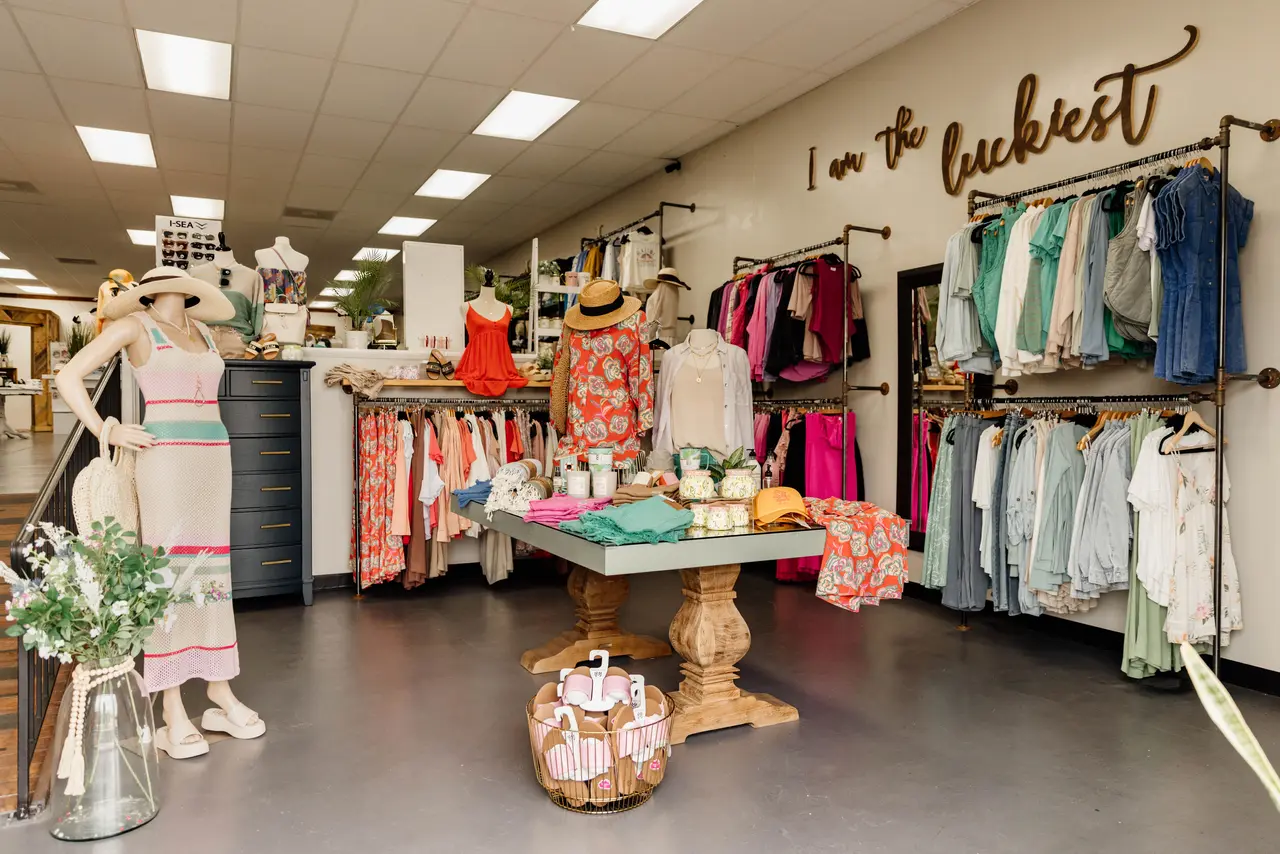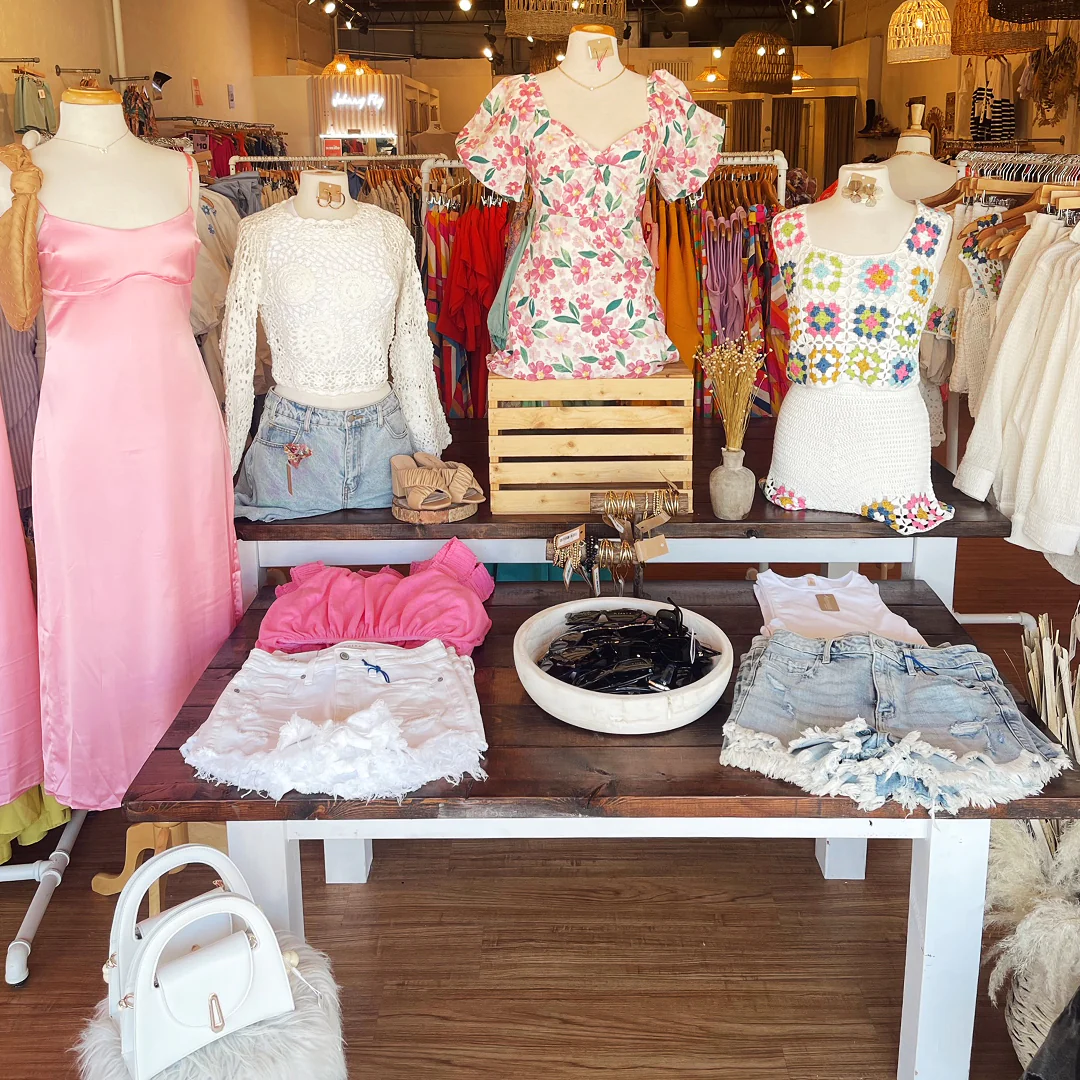A Deep Study the Globe of High-Fashion Runways: Understanding Garments as Art
High-fashion paths have actually become arenas where clothes transcends its utilitarian origins, progressing into a sophisticated form of artistic expression. Developers, much like masterful musicians, weave detailed stories through shade, type, and material, challenging traditional norms and redefining beauty criteria. These programs are greater than simple display screens; they are immersive experiences, where every stitch and joint informs a story rich with social relevance and progressive advancement. As we explore these sartorial spectacles, we must ponder: what duty does fashion play fit societal worths, and exactly how does it mirror the ever-changing tapestry of human feeling and identity?
The Advancement of Runway Shows
The trajectory of path shows has changed substantially over the decades, developing from unique market occasions to fascinating eyeglasses that mix fashion with art. Traditionally, path programs were intimate affairs, held in ateliers or little places, mostly attended by customers and industry experts. These early discussions concentrated on the garments' craftsmanship and industrial viability, providing a straight and practical screen of seasonal collections.
As the fashion industry increased, the nature of path programs started to transform. The 1970s and 1980s noted a transforming factor, with developers looking for to identify themselves via even more staged discussions.
In recent times, modern technology and social media have actually further revolutionized runway shows, making them obtainable to a worldwide target market. Livestreaming and digital platforms have democratized style, enabling fanatics worldwide to witness these events in real-time (boutique fashion). This advancement shows a broader cultural change, where high-fashion paths function as a dynamic crossway of development, design, and efficiency
Designers as Visionary Artists
Designers in the high-fashion market have actually blurred the lines in between functional garment development and the theoretical realm of art. By accepting artistic self-controls such as sculpture, paint, and avant-garde setups, developers craft garments that challenge conventional style norms and raise them to art kinds.
Visionary designers draw ideas from a myriad of sources, including abstract art, historic referrals, and personal stories. They have a distinct capacity to visualize and materialize ideas that push the borders of standard fashion, commonly redefining visual standards at the same time. This innovative resourcefulness is showcased via significant silhouettes, innovative materials, and intricate craftsmanship, which invite audiences to experience style as greater than simply wearable things.
Moreover, the runway acts as a canvas for these artists, where illumination, songs, and established style coalesce to develop immersive experiences. These discussions are not merely display screens of clothing but are orchestrated performances that evoke emotion and provoke thought, verifying the designer's role as a true artist in the contemporary cultural landscape.
Social Impacts in vogue
Social tapestry weaves its detailed patterns right into the material of fashion, influencing designers worldwide. The dynamic interchange of cultural tales, practices, and icons notifies and influences collections that elegance high-fashion paths. Designers thoroughly draw from their heritage or engage with cultures distinctive from their very own, crafting garments that act as visual narratives. This social discussion not only enriches the visual variety however likewise fosters a much deeper understanding and recognition of global identities.
The influence of society on fashion is often seen in the reinterpretation of standard garments and patterns. The use of Japanese bathrobes, Indian saris, or African prints in contemporary fashion mirrors a blend of cultural credibility and modern aesthetics. Developers blog such as Valentino's Pierpaolo Piccioli and Alexander McQueen's Sarah Burton have been understood to include rich cultural concepts right into their couture collections, translating history right into wearable art.

Advancement in Material and Style
Innovation in fabric and style constantly improves the landscape of high-fashion, pressing boundaries and redefining possibilities. In recent years, technical innovations have actually dramatically added to this development, introducing materials that test typical assumptions. Textiles ingrained with wise fibers, with the ability of changing shade or controling temperature, are no more constrained to the world of sci-fi. Designers are significantly discovering the combination of technology, such as 3D printing, which enables the production of complicated structures that were formerly unthinkable.
Additionally, sustainability has come to be an essential theme in material innovation. The garment industry is witnessing a rise in making use of environmentally friendly products, stemmed from recycled plastics, natural fibers, and even naturally degradable components. These advancements not just provide brand-new textures and aesthetics however additionally address vital ecological concerns. Designers are welcoming these materials to craft garments that are both aware and visually striking of their environmental impact.
In regards to Full Report layout, progressive shapes and speculative kinds are continuously reinventing the path. By including unusual materials and cutting-edge techniques, designers cultivate garments that blur the line between fashion and art, establishing new standards for imagination and expression in the high-fashion round.
Impact of Fashion on Culture
Fashion possesses an extensive influence on culture, serving as both a reflection of social identity and a stimulant for social modification (boutique fashion). Via its development, fashion has actually mirrored societal shifts, enveloping the zeitgeist of different ages.
Moreover, fashion has the power to bridge cultural spaces, cultivating understanding and recognition among diverse groups. As globalisation speeds up, the cross-cultural exchange of fashion ideas comes to be progressively substantial, promoting inclusivity and variety. The increase of streetwear, stemming from urban subcultures, highlights how style can transcend socio-economic limits, granting individuals a way of self-expression and empowerment.
Fundamentally, fashion is not just about visual appeals; it is a vibrant force that influences worths, attitudes, and societal progression (boutique fashion). By continuously engaging with social and social currents, fashion continues to be an essential component of the cumulative human experience

Conclusion
Designers, comparable to visionary musicians, manage collections that reflect identification, feeling, and cultural stories, testing conventional aesthetic appeals. This intersection of style and creativity not only astounds target markets around the world yet additionally influences social understandings and promotes a much deeper gratitude for social diversity.

Cultural tapestry weaves its elaborate patterns right into the textile of fashion, influencing designers internationally.Style possesses a profound influence get redirected here on society, serving as both a representation of social identification and a stimulant for social change.
Comments on “Discover the current Trends in Boutique Fashion for Every Season”